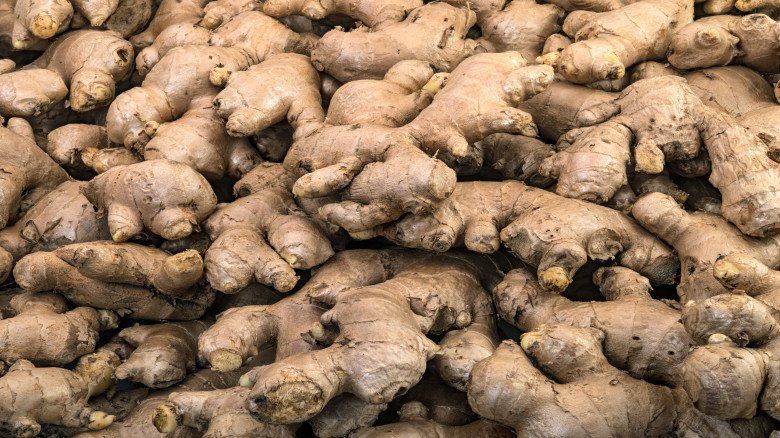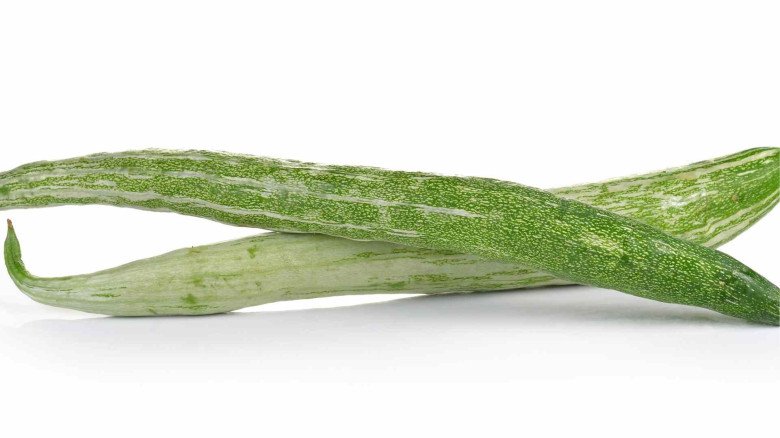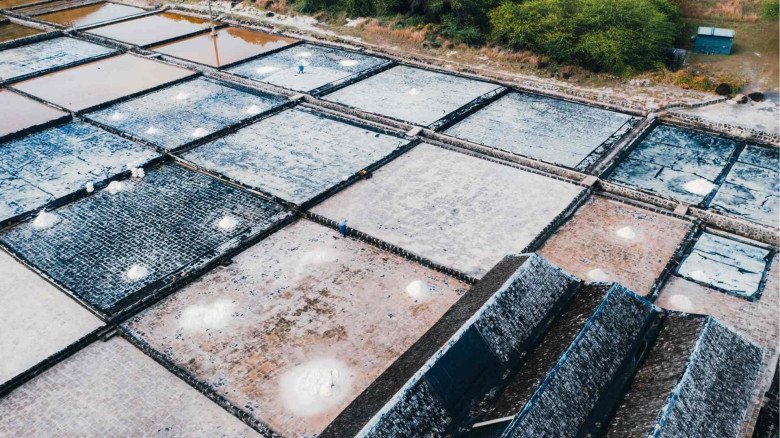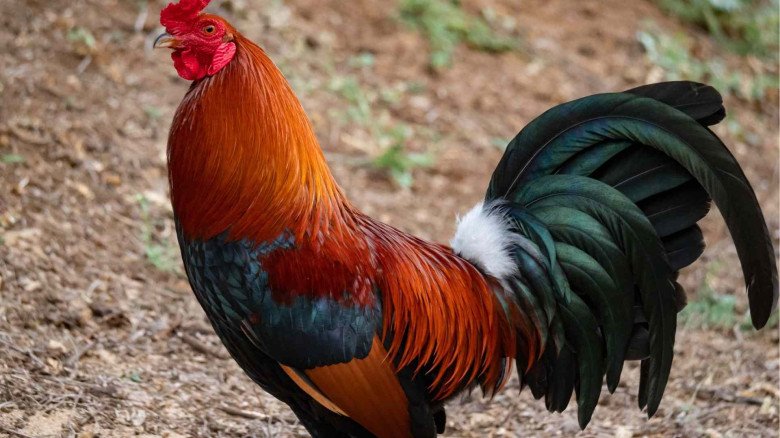Top 10 Innovations in Agriculture Farming
Technology offers the speed and accuracy needed to feed the world's rapidly growing population in the face of climate change. Recent developments in agriculture have demonstrated how technology may support the development of more sustainable agricultural systems and increase global food security.
Without technology like big data analytics, robots, the internet of things (IoT), and artificial intelligence, what would have happened to the vertical farming industry? We may obtain precise and high-resolution images of the agricultural field by utilizing Geographic Information Systems (GIS). We are now able to precisely manage farm resources, expedite harvest time, and reduce large-scale crop losses with smart farming approaches.
Advances in agriculture have been greatly aided by inventions, ranging from the construction of plows to milking machinery. In 2023 and beyond, the following agricultural technology advancements are expected to have a significant worldwide impact on farming.
Automation in Farming
Although automation plays a significant role in farming currently, in the years to come it will play an even bigger role. Drones are already being used by farmers to monitor their crops, and new sensors allow them to know precisely when to fertilize or irrigate their fields. In addition to monitoring soil quality, these instruments may be used to make sure that environmental conditions like drought don't negatively impact crops.
Farmers will be able to concentrate more on other facets of their company rather than labor-intensive manual operations like planting, watering, and harvesting thanks to the improved degree of automation.
Blockchain
Plant data is tracked using blockchain technology in agriculture, from the fields to the shelf. This system, which is driven by a decentralized database, aids in controlling food quality and shelf life. Growers and marketers can keep an eye on farm goods all the way through the supply chain thanks to the auditable database.
Walmart recently implemented Hyperledger, an open-source blockchain platform, to assist the retail behemoth in identifying unhealthy food in real time prior to it reaching the customer. Additionally, India, the world's largest producer of fruits and vegetables, plans to integrate blockchain technology into all of its agricultural exports in order to promote chemical-free farm products and enhance transparency in its agric supply chain.
Internet of Things in Agriculture
Using IoT, smart agricultural solutions allow for remote crop field monitoring. It entails tracking temperature, animal conditions, crop health, soil moisture, and other factors using sensors.
Water resources may be effectively managed by building automated irrigation systems, which are made feasible by IoT technology. IoT technology can assist in determining the proper quantity of water for crops at each stage of the growing season by gathering crop data, including temperature and moisture.
Agricultural Applications of Geographic Information Systems (GIS)
In order to comprehend crop location and kinds, fertilizer level, soil state, and related data, GIS in agriculture uses technology like drones and satellites. Farmers may choose the optimal spot for crop planting in the field and enhance soil nutrition by using data produced by GIS remote sensing equipment and software.
GIS software tracks an animal's movements when raising cattle. Farmer monitoring of animal nutrition, fertility, and health will therefore be aided by this.
Agriculture Technology Using AI/ML and Data Science
Farmers that use AI/ML and data science technologies find it easier to anticipate agricultural yield. For example, farmers may forecast weather patterns and maximize resource use for pest management, fertilization, and irrigation by utilizing 3D laser scanning and spectrum imaging/spectral analysis.
Farmers may use AI/ML and data science technologies to examine their fields and determine the optimal spots for seed sowing. The ideal height, breadth, and spacing for plants may be identified using computer vision. They can then utilize this data to enhance their growth techniques.
Organic Farming
According to the World Economic Forum, regenerative agriculture is the way ahead for farming to become more robust to climate shocks and decarbonize the food chain. These non-traditional agricultural methods are founded on five key ideas.
Increase biodiversity by incorporating plants and animals together.
Reduce soil disturbance and improve soil health by implementing all available measures.
Grow a variety of crops on the same field to practice crop diversity and soil conservation by keeping the soil surface covered as much as possible.
Plant cover crops or perennial crops to keep your roots alive.
Growing Things Organically
Regenerative agriculture is the way forward for farming to decarbonize the food chain and become more resilient to climate shocks, according to the World Economic Forum. These unconventional farming techniques are based on five main concepts.
Managed Environment Farming (MEA)
One technique for growing plants in a completely controlled environment is called controlled environment agriculture, or CEA. "Vertical farming or indoor farming" is another name for it. With hydroponic, aquaponic, and aeroponic farming methods, all of the plants' requirements are artificially satisfied, including water, nutrients, and light.
Certain difficulties in conventional farming have been demonstrated to be lessened using CEA. Depending on the farm arrangement, it can significantly cut water use, for instance. Actually, compared to regular outdoor farms, some vertical farms consume between 70% and 95% less water.
Apart from ensuring the best possible use of water, CEA shields plants from bad weather and aids in making the most use of available area for agriculture.
Incorporate both plants and animals to increase biodiversity.
By using every resource at hand, decrease soil disturbance and enhance soil health.
To practice crop diversification and soil conservation, grow a range of crops on the same field, making sure that the soil surface is covered as much as possible.
To maintain your roots, plant perennials or cover crops.
Managed Environment Farming (MEA) Controlled Environment Agriculture (CEA) is a method of cultivating plants in a strictly regulated setting. Another term for it is "indoor farming" or "vertical farming." Water, nutrients, and light are all artificially provided for plants when farming is done hydroponically, aquaponically, or aeroponically.
It has been shown that employing CEA can mitigate some of the challenges associated with conventional farming. For example, it can drastically reduce water consumption, depending on the agricultural setup. Actually, some vertical farms use as little as 70% to 95% less water than traditional outdoor farms.
In addition to guaranteeing optimal water utilization, CEA protects plants from adverse weather conditions and facilitates maximizing the amount of land that may be utilized for farming.
Analytics & Big Data
With sensors and other technologies gathering hundreds of data points about everything from crop yields and humidity to soil quality, the farm is turning into a data factory. Farmers can make informed decisions about when to plant and harvest, how much water or fertilizer to use, and how much seed to sow with the use of big data and analytics.
Weather and environmental changes may affect farming operations, and these can be challenging to obtain, particularly for larger farms. Farmers are better able to forecast rainfall patterns and water cycles when big data and analytics are used in agriculture.
Technologies of Connectivity
Agriculture production should be built on a knowledge- and data-driven strategy in today's information-driven environment. To produce more food more effectively, farmers must be able to connect with customers, merchants, and other farmers. Technologies for connection can be used to accomplish this.
With the use of connectivity technologies, such as internet-based platforms, satellite technology, and mobile devices, farmers may exchange information and improve the way they raise their animals and cultivate their crops. Farmers may also sell directly to customers or connect with possible purchasers thanks to these technologies.
In summary
We are constantly informed that the rate at which the world's population is growing is astounding. New agricultural advancements are thus required to guarantee the survival of our species.
Crop scientists, farmers, and governments throughout the globe will be concentrating on developing new technologies and innovations during the next ten years in order to boost smallholder farmers, lower the environmental effect of agriculture, and increase global crop yield.
Many of these innovative agricultural technologies are already being used by Jiva to help smallholder farmers all around the world improve their standard of living. Jiva provides farmers with individualized and contextually relevant advice by utilizing AI, machine vision, and predictive analytics. We've also improved our rural entrepreneurs' comprehension of market price swings via the use of big data and analytics, enabling them to operate more efficiently on the ground and provide a higher standard of living for their families.
-logo.webp.png)
.jpg)
-logo.webp.png)


































Leave A Comment